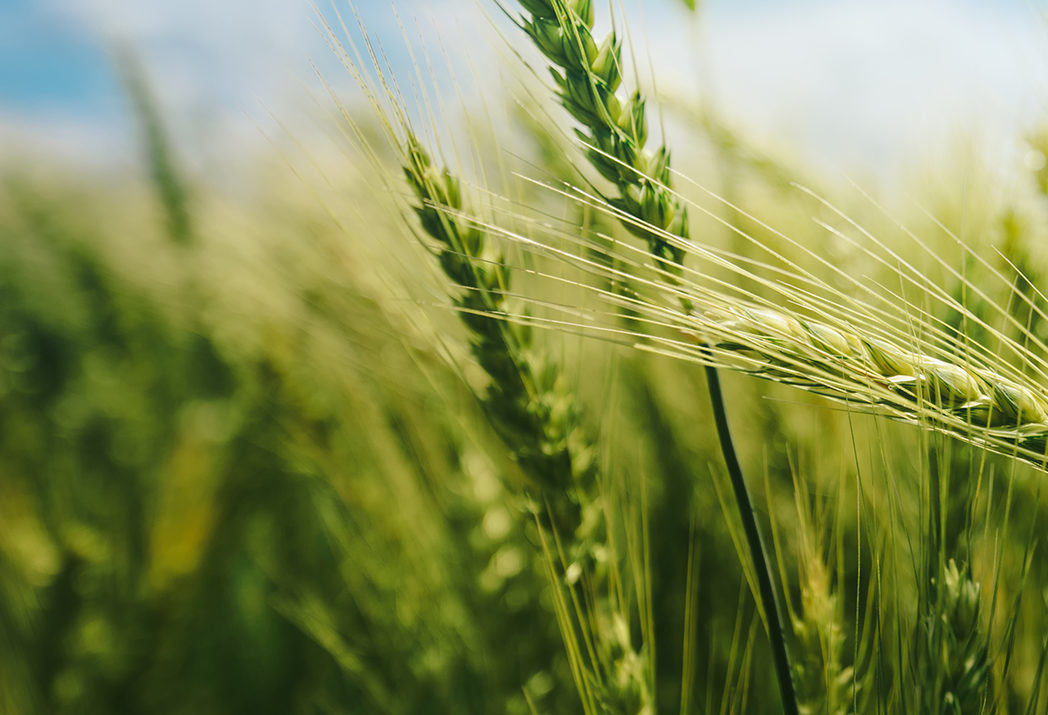The below article by iSelect CEO Carter Williams was featured in AgDaily in January 2018. The original article is available here.
Software, social media and the latest wearable gadgets might be getting all the attention, but its the technological changes that are shaking up the agriculture market that are really going to change lives over the next decade.
And it’s coming not a moment too soon.
We’re living through some of the most complex and challenging times that the ag market has ever experienced. Demand is rising rapidly — by 2050, it is estimated that we’re going to have to double agricultural production in order to feed the world’s population, which is on track to increase by nearly 50% over the next 45 years — while at the same time global food supplies are being tested like never before, due to changes both in consumer demand as well as resource availability. We have to produce more food, but we’re going to have to do it with less arable land and fewer natural resources. Since water is an increasingly scarce resource and agriculture already uses 70% of the world’s fresh water supply, this growth is also going to need to happen with less water inputs.
On top of all that, increasing quality of life worldwide is leading to greater demand for foods with higher nutritional content, that are healthier and are produced without chemical inputs and fertilizers. These demands, often associated with organics or “free-from,” tend to have a negative impact on yields. Rising incomes will also increase the demand for meat and seafood proteins. Since it takes roughly two-and-a-half pounds of corn to produce a pound of meat, agriculture production will need to increase greatly to support this new demand for protein as well.
Can we produce enough food? Can we produce it sustainably? And can we produce it at high quality in a way that is still affordable to end consumers?
These are the big questions that are facing the ag industry right now. And, as agriculture investors, they are the questions that we are focused on looking ahead to our own portfolio in 2018. Here are just some of the trends that we’re watching in the industry right now:
Genetics: Gene editing tools such as CRISPR are reimagining what medical science can do, and these achievements are starting to make their way into agriculture. Companies are leveraging Big Data and machine learning to help ag geneticists develop higher yield, higher quality plant traits based on massive, industry-wide data sets. Will this sort of technology solve our yield concerns, allowing farmers to produce higher-quality crops at greater scale? What about better cows, chickens, pigs or fish? What else will genetic science bring to the ag space?
Alternative Proteins: Currently, about 36% of U.S. corn production is used to feed livestock, but industrial proteins can now be produced cost effectively in bioreactors. These modular plants — essentially a protein factory — can be located anywhere in the world, are more resource efficient than corn production, and, in many instances, actually consume carbon as part of the process. Is this the future of livestock feed? Will this allow us to save arable acreage for other uses? Or does the future lie in crops like sunflowers, hemp, or algae?
Indoor / Vertical Farming: Vertical farming has the potential to replace much of the land devoted to specialty crops, with one 30-story vertical farm, covering just five acres, capable of replacing the production of more than 1,000 acres of traditional land. For a population of 2.5 million, vertical farms could feed them all on an area slightly greater than 200 city blocks. Vertical farms are more resource efficient, greatly reduce the possibility of foodborne pathogens, and also reduce the carbon footprint of food production by growing food in close proximity to the people it will feed. How much of the “no more arable land” question does this answer?
Biologics: Another technology that is moving from health care to agriculture is biologics, or beneficial products derived from biological sources rather than synthetic materials. In this age of organic everything and all-natural production, “bacteria fighting bacteria” is set to become the next big thing in human and agricultural health. Like human vaccines, biologics will allow farmers to treat their crops chemical-free, boosting yield and leading to healthier fields that don’t need fertilizers or other additives.
Digital Ag and Precision Farming: The farm has, for the most part, not been dramatically changed by the advent of the Internet and other new technologies over the last 25 years. But that disconnect is over. Farmers are embracing Big Data analytics, cloud computing and other new tools to create new efficiencies and drive larger profits. With digital agriculture in its infancy, what new technologies are coming that will revolutionize the farm? How efficient can field operations get?
The powers that be in the agriculture industry are taking on a different role than they have played in the past. Gone are the days when we could expect big, industry-shaping innovation to come out of corporate R&D departments. With the recent mega-mergers, there just isn’t enough competition anymore. The market has changed to allow entrepreneurship to set the pace for agricultural innovation. We want to invest in those solutions.




